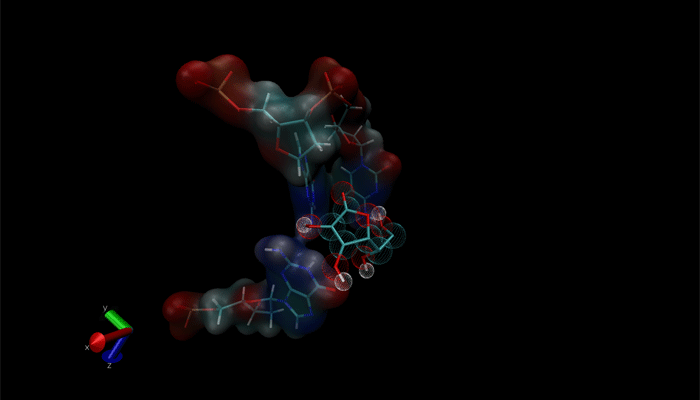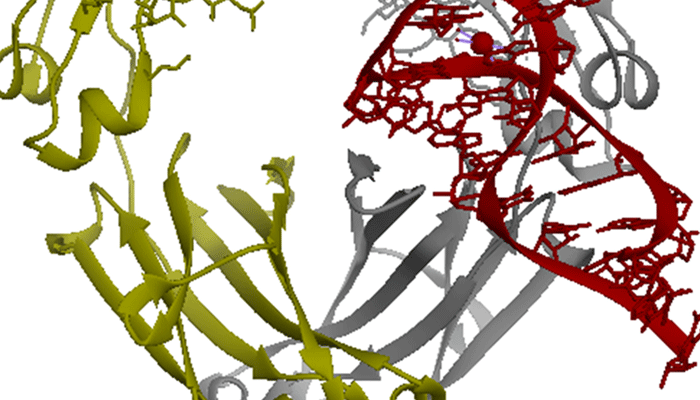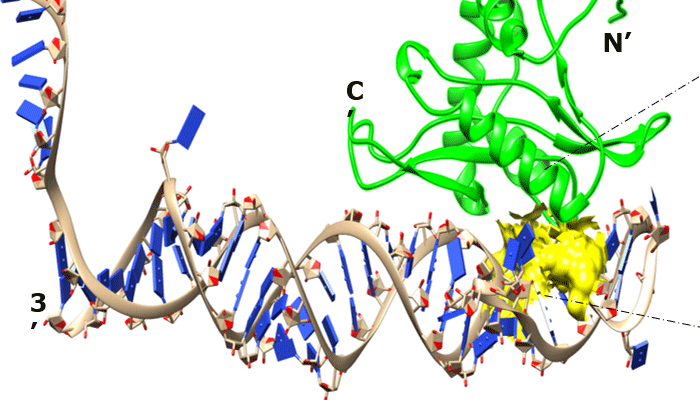
Inhibition of vitamin C oxidation by DNA aptamers
RESEARCH REPORT
![]()
ISSN: 2514-3247
Aptamers (2018), Vol 2, 28-35
Published online: 18 May 2018
Full Text (PDF ~2771kb) | (PubMed Central Record HTML) | (PubMed) | (References)
Alexander S Chiu1,*, Vinoth Sankarapani1, Rafal Drabek1, George W Jackson1, Robert H Batchelor1 and Yoon-Seong Kim2
1Base Pair Biotechnologies, 8619 Broadway St, Suite 100, Pearland, Texas, 77584, USA
2Nexmos Co Ltd, 2207 U-Tower, 767 Sinsu-Ro, Sooji-Gu, Yongin-Si, Gyeonggi-Do, South Korea
*Correspondence to: Alexander Chiu, Email: alex.chiu@basepairbio.com, Tel: +1 832 230 5518
RReceived: 16 February 2018 | Revised: 14 May 2018 | Accepted: 17 May 2018
© Copyright The Author(s). This is an open access article, published under the terms of the Creative Commons Attribution Non-Commercial License (http://creativecommons.org/licenses/by-nc/4.0). This license permits non-commercial use, distribution and reproduction of this article, provided the original work is appropriately acknowledged, with correct citation details.
ABSTRACT
Vitamin C (ascorbic acid) is not only commercially available as a nutritionally important dietary supplement, but is also used as a stabilizer in a wide range of other products, including beverages, cosmetics and therapeutics, because of its antioxidant properties. However, vitamin C itself undergoes oxidation upon storage, which decreases its efficacy as a stabilizer of other materials and also significantly reduces the shelf-life of products containing it as an active ingredient. Protecting such formulations and products against oxidation-induced degradation would thus be valuable. Here, we report the development of a new DNA aptamer that decreases the rate of oxidation of vitamin C in aqueous solution. We found that the presence of this aptamer reduced the rate of CuSO4-stimulated oxidation of vitamin C by more than 50% in aqueous solution. Furthermore, we also found that the aptamer increased the half-life of vitamin C by up to 1.7-fold in certain commercially available vitamin water formulations. This is the first description of aptamer-based stabilization of a commercially important substance and has significant implications for multiple industries.
KEYWORDS: SELEX, Vitamin C, Aptamer, Oxidation, Ascorbic acid, dehydroascorbic acid



